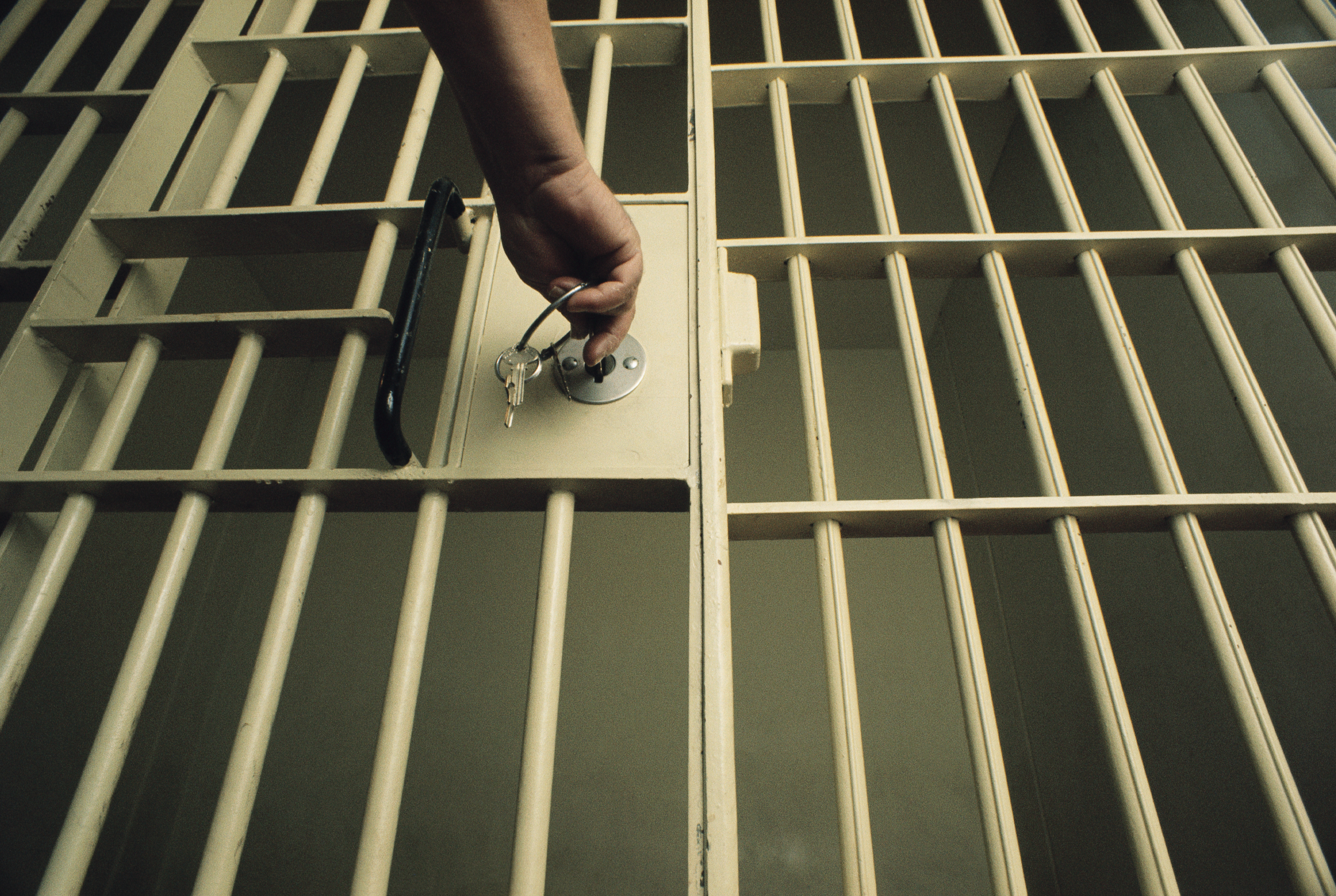Relief operations in this typhoon-devastated region of the Philippines picked up pace Wednesday, but still only minimal amounts of water, food and medical supplies were making it increasingly desperate survivors in the hardest-hit areas.
Aviation authorities said two more airports in the region had reopened, allowing for more aid flights.
U.S. Brig Gen. Paul Kennedy said that later Wednesday his troops would install equipment at Tacloban airport to allow planes to land at night. Tacloban city was almost completely destroyed in Friday's typhoon and has become the main relief hub.
A Norwegian ship carrying supplies left from Manila, while an Australian air force transport plane took off from Canberra carrying a medical team. British and American navy vessels are also en route to the region.
For full coverage, visit NBCNews.com.
Meanwhile, nearly 500 registered nurses from across the U.S. have volunteered to go to the Philippines to help victims. A specialized team of veteran rescuers from Southern California left for the typhoon-ravaged country on Sunday to help rebuild damaged communities.
The damaged airport on Tacloban, a coastal city of 220,000, houses makeshift clinics and thousands of people looking for a flight out. A doctor here said supplies of antibiotics and anesthetics arrived Tuesday for the first time.
U.S. & World
"Until then, patients had to endure the pain," said Dr. Victoriano Sambale.
The winds leveled tens of thousands of homes in region, which is used to typhoons. In some places, tsunami-like storm surges swept up to one-kilometer inland, causing more destruction and loss of life. At least 580,000 people have been displaced. Most of the death and destruction appears concentrated on the islands of Samar and Leyte.
The damaged infrastructure and bad communications links made a conclusive death toll difficult to estimate.
The official toll from a national disaster agency rose to 1,883 on Tuesday. President Benigno Aquino III told CNN in a televised interview that the toll could be closer to 2,000 or 2,500, lower than an earlier estimate from two officials on the ground who said they feared as many as 10,000 might be dead.
"There is a huge amount that we need to do. We have not been able to get into the remote communities," U.N. humanitarian chief Valerie Amos said in Manila, launching an appeal for $301 million to help the more than 11 million people estimated to be affected by the storm.
"Even in Tacloban, because of the debris and the difficulties with logistics and so on, we have not been able to get in the level of supply that we would want to. We are going to do as much as we can to bring in more," she said. Her office said she planned to visit the city.
Relief officials said comparing the pace of this operation to those in past disasters was difficult.
In Indonesia's Aceh, the worst-hit region by the 2004 tsunami, relief hubs were easier to set up than in Tacloban. The main airport there was functioning 24 hours a day within a couple of days of the disaster. While devastation in much of the city of Banda Aceh was total, large inland parts of the city were undamaged, providing a base for aid operations and temporary accommodation for the homeless.



